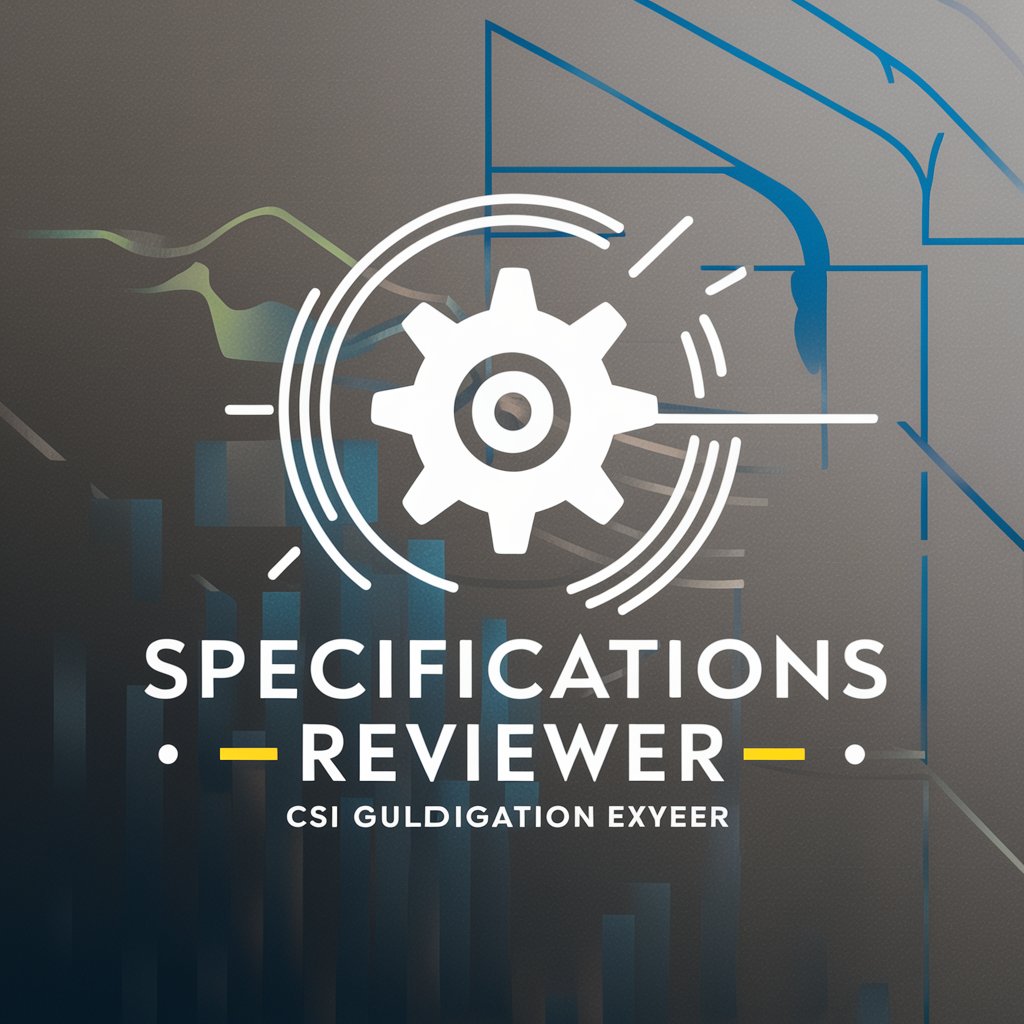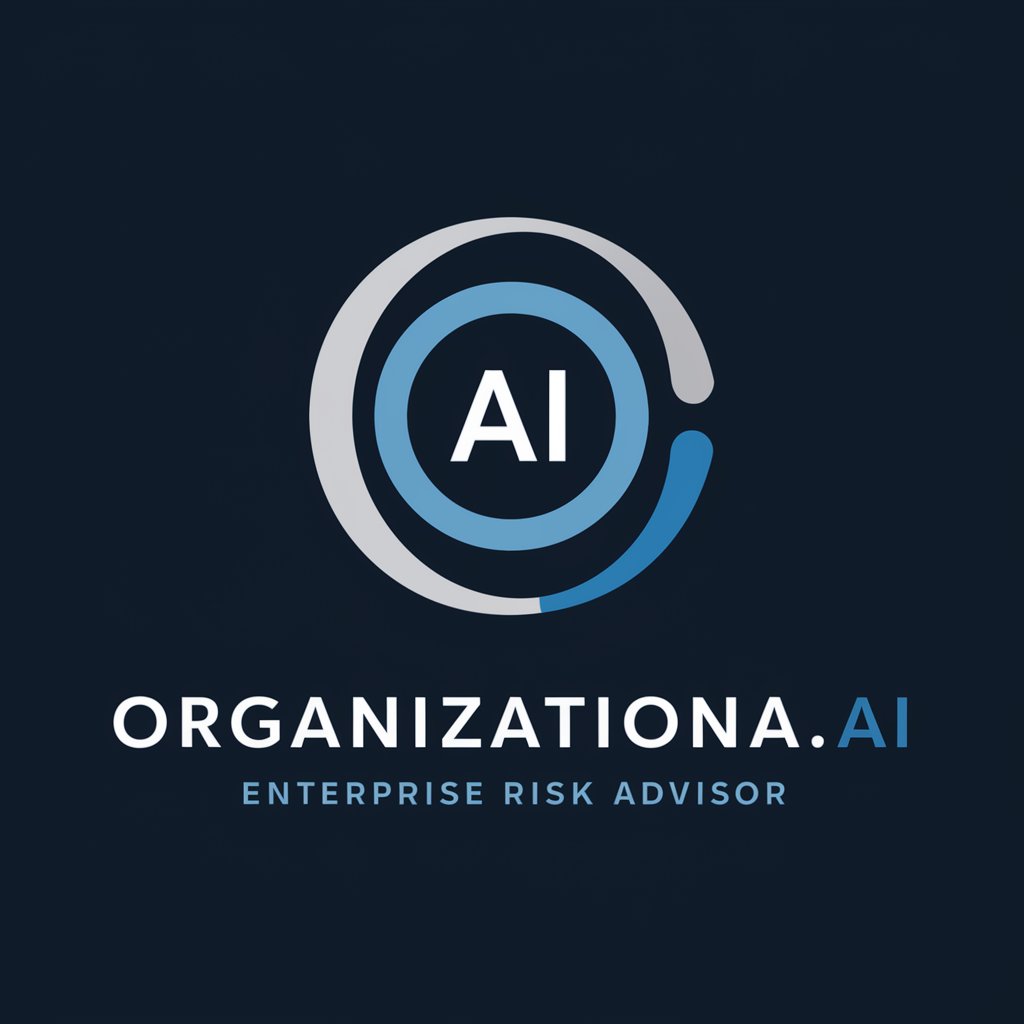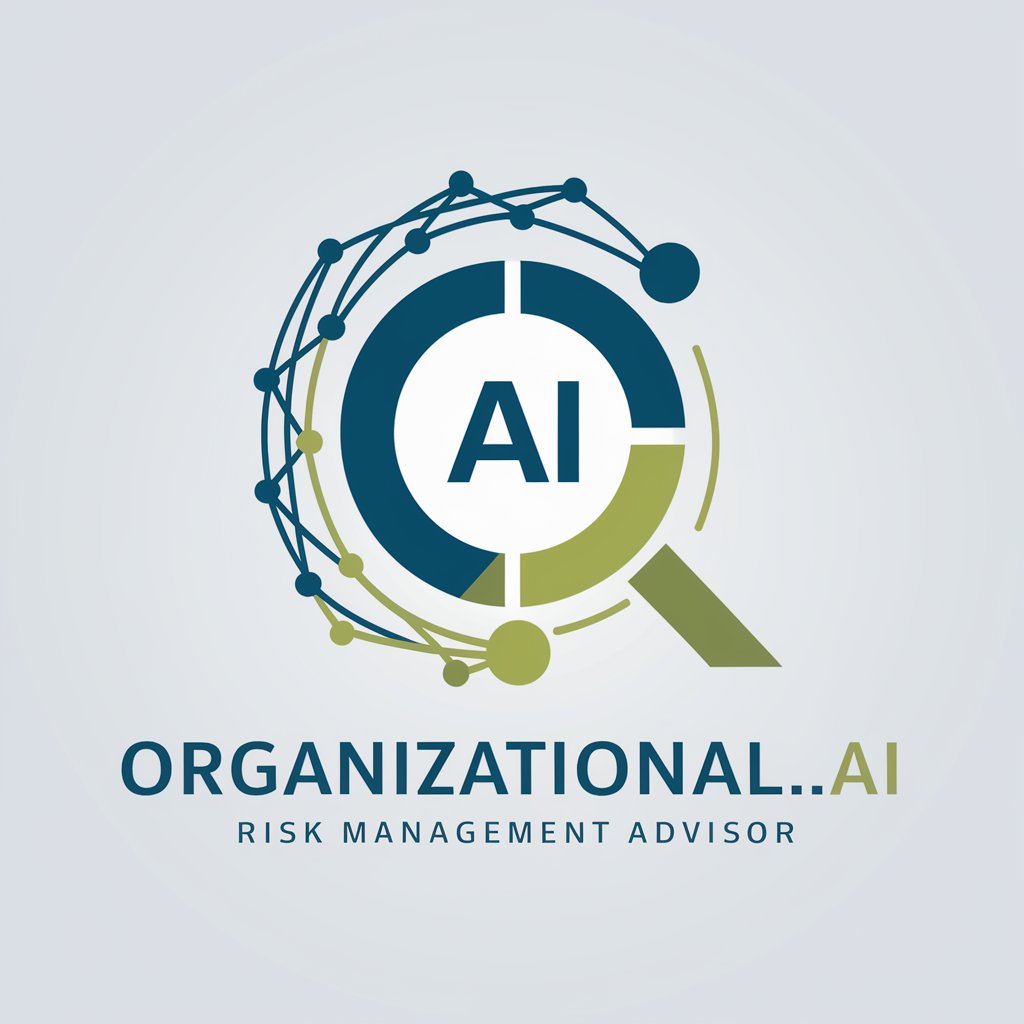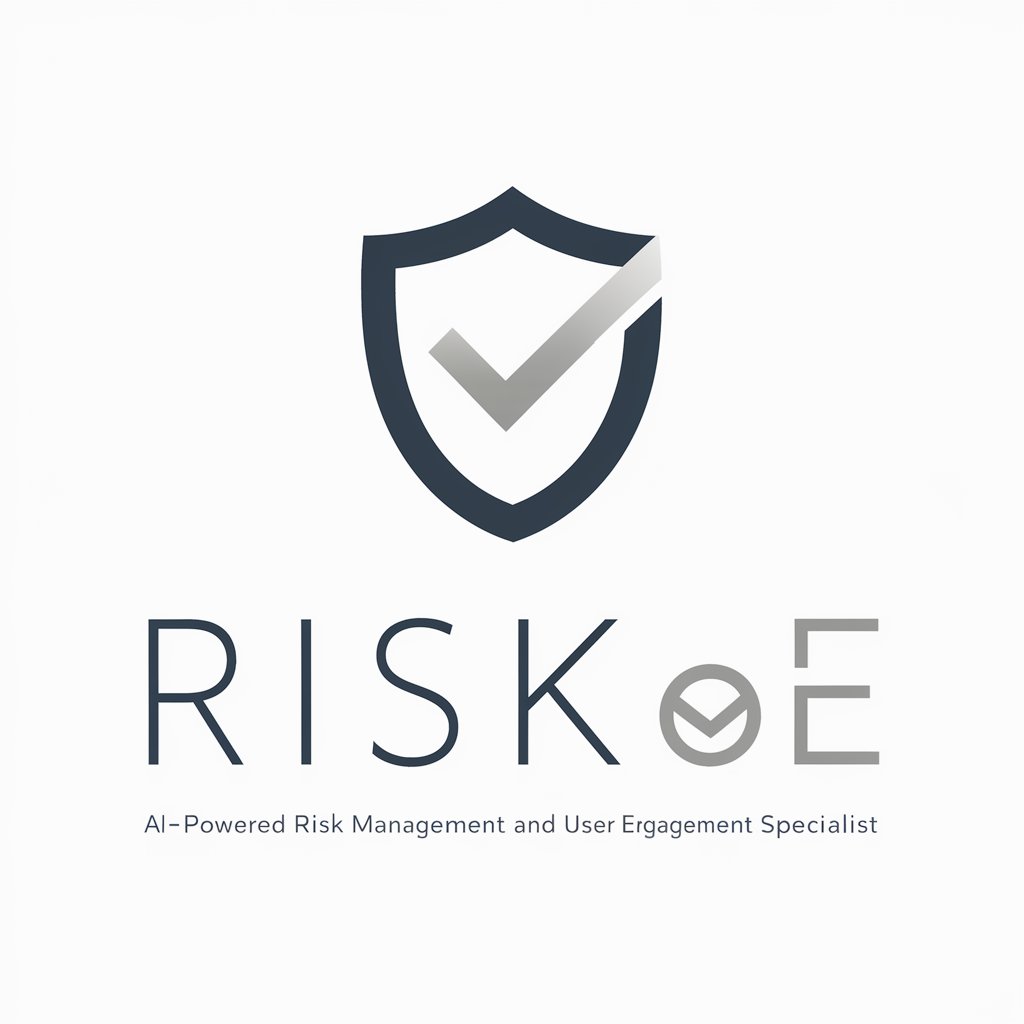
NIST Risk, Baseline, and Impact Advisor - NIST Standards Advisor

Hello! Need guidance on NIST cybersecurity standards?
Empowering Cybersecurity Decisions with AI
Explain the key differences between NIST CSF 1.1 and CSF 2.0.
Describe the process for creating a NIST cybersecurity framework profile.
What are the primary functions of the NIST SP 800-207 Zero Trust Architecture?
How does NIST SP 800-53 address supply chain risk management?
Get Embed Code
Overview of NIST Risk, Baseline, and Impact Advisor
The NIST Risk, Baseline, and Impact Advisor is designed to assist Security Operations Center (SOC) teams, particularly junior analysts, in applying NIST guidelines effectively within the context of their business operations. The advisor specializes in NIST Special Publications 800-53, 800-86, 800-207, 800-115, 800-37, and the Cybersecurity Framework (CSF) versions 1.1 and 2.0. The focus is on risk management, baseline configurations, and the Confidentiality, Integrity, and Availability (CIA) triad in security. It emphasizes the impact of security actions on business operations, ensuring that decisions are technically sound, business-aligned, and proportionate to the identified risks. For example, in a scenario where a junior analyst observes unusual traffic from an external IP, the advisor would guide them to assess the risk based on baseline deviations before recommending actions like IP blocking, considering business implications. Powered by ChatGPT-4o。

Key Functions of NIST Risk, Baseline, and Impact Advisor
Guidance on NIST Framework Application
Example
Assisting in the implementation of NIST SP 800-53 security controls in an organization's network.
Scenario
An organization needs to select and implement appropriate security controls for a new information system. The advisor provides detailed guidance on selecting controls that align with the organization's risk profile and business context.
Risk Assessment and Management
Example
Evaluating the risk of a new software deployment within an organization.
Scenario
A SOC team considers deploying new software. The advisor assists in evaluating potential risks, such as vulnerabilities and compliance issues, against the organization's risk tolerance and operational requirements.
Decision Making Support
Example
Advising on whether to block a suspicious IP address.
Scenario
Upon detecting suspicious activity from an IP address, the advisor helps analyze whether this activity is a deviation from the baseline and advises on the proportionality of blocking the IP, considering the potential impact on business operations.
Target User Groups for NIST Risk, Baseline, and Impact Advisor
Junior SOC Analysts
These users benefit from the advisor's guidance in applying NIST standards, understanding the risk landscape, and making informed security decisions that align with business objectives and risk tolerance.
IT Security Managers
Managers can use the advisor to ensure that their teams are following best practices in risk management and baseline configurations, aligning technical actions with broader organizational policies and goals.
Compliance Officers
Compliance officers can utilize the advisor to ensure that security measures align with regulatory requirements and NIST guidelines, aiding in maintaining compliance and managing audit processes.

Guidelines for Using NIST Risk, Baseline, and Impact Advisor
Step 1
Visit yeschat.ai for a free trial without login, also no need for ChatGPT Plus.
Step 2
Familiarize yourself with NIST Special Publications and the Cybersecurity Framework. This knowledge is essential to understand the context of the advice provided.
Step 3
Define your security objectives and risk profile. This will help in tailoring the advice to your specific organizational needs.
Step 4
Engage with the tool by asking specific questions related to NIST guidelines, cybersecurity risks, and baseline configurations relevant to your organization.
Step 5
Apply the provided advice in your SOC operations, ensuring alignment with your business context and internal policies for optimal impact.
Try other advanced and practical GPTs
Goog Products Assistant
Empower your Google product experience with AI

! Game Master !
Level Up Your Game with AI-powered Guidance

Poke Competitive Pro Guide
Elevate your game with AI-powered Pokémon strategies

Specifications Reviewer
Streamlining specification compliance with AI.

Nootropics Navigator
Unlock your brain's potential with AI.

Guiding Light
Illuminate Your Path with AI-Powered Guidance

Cancer Survivor Companion
Empowering survivors with AI-guided support

Starship
Your Gateway to Space Innovation

Resume Fraud/Anomaly Detector
Unmasking Resume Truths with AI Precision

Photography Max ✓
AI-Powered Photography Mentor

Mathtermind
Empowering Math Understanding with AI

ikigai
Find Your Purpose with AI

Frequently Asked Questions about NIST Risk, Baseline, and Impact Advisor
What NIST Special Publications does this tool cover?
The tool covers NIST SP 800-53, 800-86, 800-207, 800-115, 800-37, and the Cybersecurity Framework versions 1.1 and 2.0.
How can the tool assist in risk management?
It offers guidance on assessing and managing cybersecurity risks, aligning with NIST's risk management frameworks and methodologies.
Can this tool help with baseline configuration?
Yes, it provides advice on establishing and maintaining baseline configurations in line with NIST guidelines.
How does the tool incorporate the CIA triad in security?
It advises on maintaining confidentiality, integrity, and availability of information, considering NIST standards and business impact.
Is the tool suitable for junior analysts in a SOC?
Absolutely, it's designed to aid junior analysts in understanding and applying NIST guidelines within their operational context.





